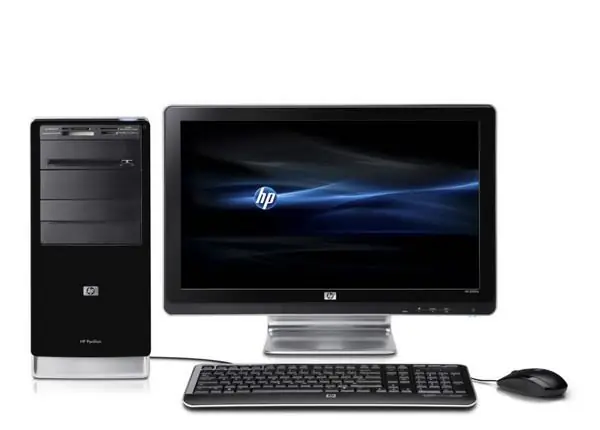During the operation of a personal computer, it becomes necessary to turn off the monitor. This may be due to saving energy consumption, a long break in working with a computer, replacing the monitor itself or a video card, as well as servicing (cleaning) the system unit.

Necessary
- 1) Read the operating instructions for the monitor and personal computer
- 2) Know the purpose of the monitor and computer controls
- 3) Learn to connect and disconnect the interface cable to the video card
- 4) Have a universal screwdriver (if needed)
Instructions
Step 1
Turn off your computer before turning off the monitor. The sequence may vary depending on the operating system (OS) installed. If your computer runs under Windows OS, then left-click on the "Start" button in the taskbar, in the menu that opens, click the "Shutdown / Shutdown" sequence.
Step 2
Turn off the power to the monitor by pressing the On / Off button on the monitor control panel. Then, disconnect the monitor interface cable from the video card connector on the back of the computer system unit. If you need to completely disconnect the monitor from the network, you need to disconnect the power cable from the monitor. The monitor is turned on in the reverse order.
Step 3
A very useful feature is the ability to programmatically configure the power off. To do this, open the "Control Panel", click on the "Display" icon, select the "Screensaver" tab and press the "Power" button. In the window that opens, configure the power plan so that the display turns off after the number of minutes you need.






